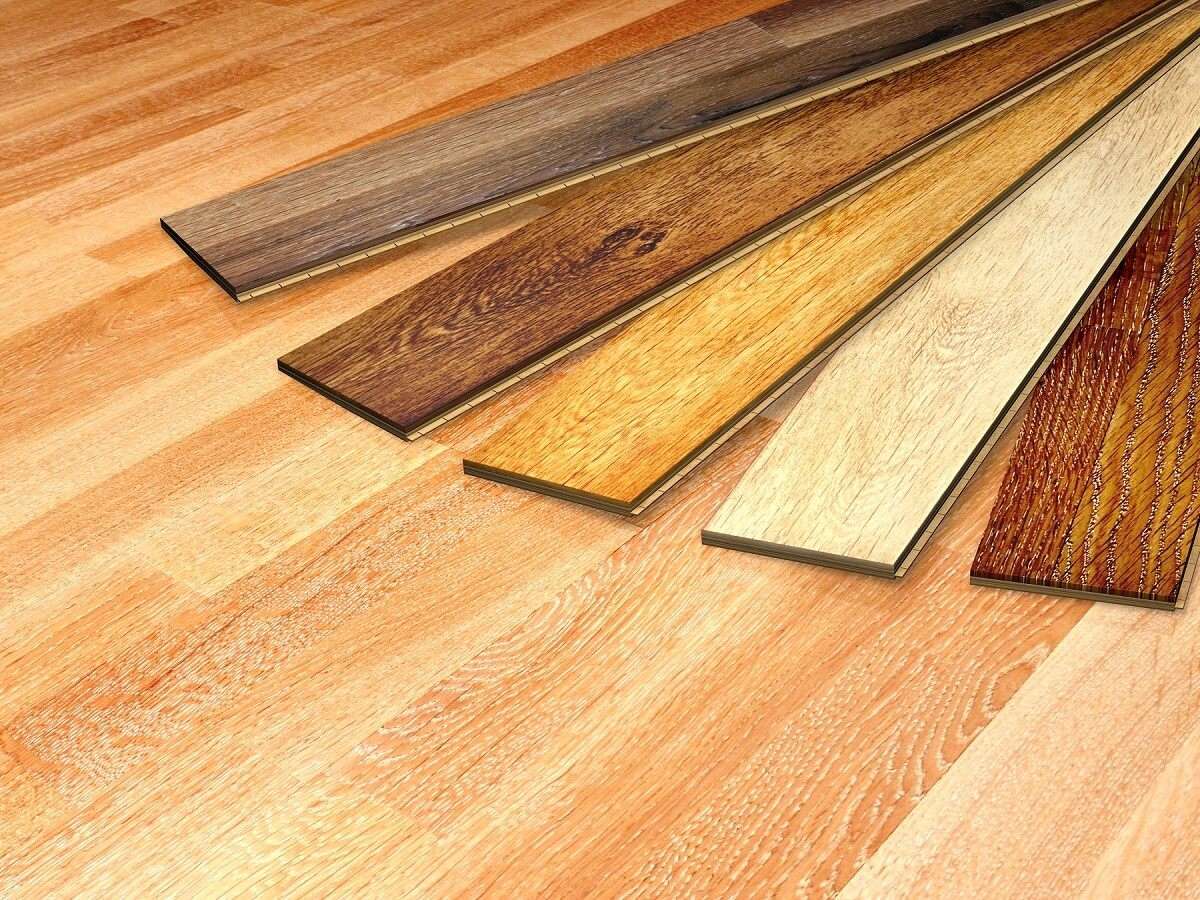

Articles
How To Choose Wood Floor Color
Modified: March 24, 2024
Looking for tips on choosing the perfect wood floor color? Check out our informative articles to help you make the right decision and enhance your home's aesthetic.
(Many of the links in this article redirect to a specific reviewed product. Your purchase of these products through affiliate links helps to generate commission for Storables.com, at no extra cost. Learn more)
Introduction
When it comes to choosing the color of your wood floors, it can have a significant impact on the overall look and feel of your space. The right color can enhance the aesthetics of your room and create a warm and inviting atmosphere. However, with countless options available, it can be overwhelming to make a decision. That’s why it’s important to consider several factors to ensure you choose the ideal wood floor color for your home.
In this article, we will delve into the various factors you should consider when selecting the color of your wood floor. We will also explore the pros and cons of light and dark wood floors, offer tips on matching the color to your existing decor, and highlight popular wood floor color choices. Additionally, we will provide insights on how to maintain the color and longevity of your wood floors.
By the end of this article, you will have a comprehensive understanding of how to choose the perfect wood floor color that suits your style, enhances your space, and stands the test of time.
Key Takeaways:
- Choose a wood floor color that complements your decor, personal style, and room size. Consider factors like natural lighting and functionality to create a cohesive and inviting atmosphere.
- Whether you prefer the spacious feel of light wood floors or the cozy ambiance of dark wood floors, maintain their color and longevity with regular cleaning, preventative measures, and professional maintenance.
Read more: How To Choose Quilt Colors
Factors to Consider When Choosing Wood Floor Color
Before diving into the various colors and shades available, it’s important to consider certain factors that can greatly influence your wood floor color decision:
- Overall Decor: Take into account the existing color scheme and style of your space. Consider the walls, furniture, and other elements in the room. Are they light or dark in color? Do they have warm or cool undertones? It’s crucial to choose a wood floor color that complements and harmonizes with your overall decor.
- Personal Preference: Consider your personal taste and style. Are you drawn to light and airy spaces with a modern aesthetic? Or do you prefer the warmth and richness of darker hues? Picking a wood floor color that aligns with your personal preferences will ensure that you love and enjoy your space for years to come.
- Functionality: Think about the functionality of the space. Is it a high-traffic area like a hallway or living room? Or is it a bedroom or office where you want a more relaxed and cozy atmosphere? Lighter wood floor colors tend to show less wear and tear, while darker colors can hide scratches and stains more effectively.
- Natural Lighting: Consider the amount of natural light in the room. If the space is flooded with natural light, you can opt for darker wood floor colors as they won’t overwhelm the space. On the other hand, if the room has limited natural light, lighter wood floor colors can help brighten it up and create a sense of openness.
- Room Size: The size of the room plays a crucial role in determining the wood floor color. In smaller rooms, lighter wood floor colors can make the space appear larger and more spacious. Conversely, darker colors can add depth and coziness to larger rooms.
By considering these factors, you can narrow down your options and choose a wood floor color that will complement your space, match your style preferences, and meet the practical needs of your everyday life. Remember, it’s not just about choosing a color; it’s about creating a cohesive and harmonious atmosphere that enhances your living environment.
Light vs Dark Wood Floors: Pros and Cons
The decision between light and dark wood floors is a common dilemma for many homeowners. Both options have their own set of pros and cons. Let’s explore them:
Light Wood Floors
Light wood floors, such as maple, oak, or pine, have a lighter and more natural appearance. Here are some advantages and disadvantages of choosing light wood floors:
- Pros:
- Light wood floors can make a room feel more spacious and open.
- They can brighten up a space, especially in rooms with limited natural light.
- Light wood floors tend to show less dirt and dust, making them easier to maintain.
- They can easily complement a wide range of decor styles, from modern to traditional.
- Cons:
- Light wood floors may show scratches and wear more easily, especially in high-traffic areas.
- They can be more prone to fading or discoloration over time, especially if exposed to direct sunlight.
- Light wood floors may not create the same warm and cozy ambiance as dark wood floors.
Dark Wood Floors
Dark wood floors, such as mahogany, walnut, or ebony, have a rich and luxurious appearance. Let’s explore the pros and cons of choosing dark wood floors:
- Pros:
- Dark wood floors can add depth and richness to a space, creating a warm and elegant atmosphere.
- They can hide scratches, stains, and wear more effectively, making them a great choice for high-traffic areas.
- Dark wood floors can provide a dramatic contrast against light-colored furniture and walls.
- Cons:
- Dark wood floors can make a room feel smaller and more enclosed, especially in smaller spaces.
- They may require more maintenance and cleaning to keep them looking their best.
- Dark wood floors can be challenging to match with certain decor styles and color schemes.
Ultimately, the decision between light and dark wood floors comes down to personal preference, the specific characteristics of your space, and the overall aesthetic you want to achieve. Both options have their own unique charm, so it’s important to consider your needs and desires before making a choice.
Read more: How To Choose A Tablecloth Color
Matching Wood Floor Color to Existing Décor
Choosing a wood floor color that complements your existing décor is essential to create a harmonious and cohesive space. Here are some tips to help you match the wood floor color to your décor:
1. Consider the Color Scheme
Take a close look at the color scheme of your room. Identify the dominant colors and undertones in your décor, including the walls, furniture, and accessories. If you have warm-toned décor, such as earthy reds or yellows, consider opting for wood floor colors with warm undertones, like honey or chestnut. For cool-toned décor, such as blues or greens, consider cooler wood floor colors, like ash or gray.
2. Create Balance
Aim to create a balanced visual composition by contrasting or complementing the wood floor color with other elements in the room. For example, if you have dark-colored furniture, consider lighter wood floor colors to create a contrast that makes the furniture stand out. Conversely, if you have light-colored furniture, darker wood floor colors can add depth and richness to the space.
3. Think Long-Term
Consider the longevity of your décor. Trends may change over time, so it’s important to choose a wood floor color that will stand the test of time. Neutral colors, such as light or medium browns, tend to be versatile and work well with different styles and color schemes. They also offer more flexibility if you decide to change your décor in the future.
Read more: How To Choose Siding Color
4. Take Samples Home
Always take wood floor color samples home and place them in your room to see how they blend with your décor. Natural and artificial lighting can significantly affect how colors appear in the space. By observing the samples in your room, you can get a better sense of how the colors interact with your existing décor and make an informed decision.
5. Consult Experts
If you’re unsure about which wood floor color will work best with your existing décor, don’t hesitate to consult with experts, such as interior designers or flooring specialists. They can provide valuable insights and recommendations based on their expertise and experience.
Remember, the goal is to create a seamless and cohesive space where the wood floor color enhances the overall aesthetic of your room. Taking the time to carefully match the color to your existing décor will result in a visually pleasing and inviting atmosphere.
Considering the Room Size and Lighting
When choosing the color of your wood floors, it’s essential to take into account the size of the room and the lighting conditions. These factors can significantly impact the overall appearance and ambiance of the space. Here’s what you need to consider:
1. Room Size
The size of the room plays a crucial role in determining the ideal wood floor color. By selecting the right color, you can create an illusion of space and enhance the overall atmosphere. Here are some tips:
- Small Rooms: If you have a small room, consider lighter wood floor colors such as blond or light honey. Lighter colors reflect more light, making the space appear larger and more open. Avoid dark wood floor colors in small rooms as they can make the room feel cramped and confined.
- Large Rooms: In larger rooms, you have more flexibility in choosing wood floor colors. Darker colors, such as deep browns or mahogany, can add warmth and coziness to a large space. They can create a sense of intimacy and make the room feel more inviting.
Read more: How To Choose A Floor Plan
2. Lighting Conditions
The amount and type of lighting in your room are important considerations when selecting the wood floor color. Here’s what you should keep in mind:
- Natural Lighting: If your room receives an abundance of natural light, you have more options when it comes to wood floor colors. Natural light can bring out the true beauty of the wood grain and color. Consider darker wood floor colors as they won’t be overshadowed by the natural light. However, be cautious of direct sunlight, as it can cause fading or discoloration over time.
- Artificial Lighting: If your room relies heavily on artificial lighting, it’s important to consider the type of lighting fixtures and bulbs you have. Different types of bulbs emit various colors of light, such as warm white or cool white. Take samples of wood floor colors and observe them under your artificial lighting to see how they appear. This will help you choose a color that looks great under the lighting conditions in your room.
By considering the size of the room and the lighting conditions, you can select a wood floor color that enhances the space and creates the desired atmosphere. Always remember to take into account both natural and artificial light sources to ensure that your chosen color looks its best in all lighting situations.
Enhancing the Style and Ambiance with Wood Floor Color
The color of your wood floors can greatly contribute to the overall style and ambiance of your space. It has the power to transform a room and create a specific atmosphere. Here are some ways to enhance the style and ambiance with the right wood floor color:
1. Traditional Elegance
If you want to create a classic and timeless look, consider opting for rich and dark wood floor colors, such as mahogany or walnut. These colors exude elegance and sophistication, perfect for traditional or formal spaces. Pair them with antique furniture or ornate décor pieces to complete the traditional aesthetic.
2. Rustic Charm
For a cozy and rustic vibe, lighter wood floor colors like oak or pine can work wonders. These colors provide a warm and inviting ambiance, reminiscent of a countryside cottage or farmhouse. Pair them with earthy tones and natural materials in your décor to enhance the rustic charm.
Read more: How To Choose A Floor Lamp
3. Modern and Minimalist
If your style leans towards modern and minimalistic, consider going for lighter wood floor colors with a smooth and clean finish. Blonde or white oak can create a sleek and contemporary look, allowing other elements in the room to take center stage. Pair them with minimalistic furniture and bold, geometric accents for a modern aesthetic.
4. Coastal and Beachy
To create a coastal or beach-inspired vibe, consider opting for lighter wood floor colors with a weathered or distressed finish, such as driftwood or ash. These colors evoke a sense of calmness and relaxation, reminiscent of the beach. Pair them with light-colored furniture and nautical accents to complete the coastal look.
5. Eclectic and Vibrant
If you have an eclectic style and love vibrant colors, consider choosing wood floor colors with unique finishes, such as hand-scraped or reclaimed wood. These textures add visual interest and depth to the space. Mix and match with colorful furniture, bold patterns, and eclectic artwork to create a lively and vibrant ambiance.
By selecting the right wood floor color that aligns with your desired style and ambiance, you can create a space that reflects your personality and makes a statement. Remember to consider the other elements in your room, such as furniture, décor, and lighting, to ensure a cohesive and harmonious design.
Popular Wood Floor Color Choices
When it comes to wood floor colors, there are several popular choices that have stood the test of time. Here are some of the most sought-after wood floor color options:
Read more: How To Choose The Colors For My House
1. Natural Oak
Natural oak is a classic and timeless choice for wood floors. Its light to medium brown color with subtle grain patterns provides a warm and welcoming feel to any space. Natural oak works well with a variety of interior styles, from traditional to contemporary.
2. Golden Maple
Golden maple offers a beautiful blend of warm tones and rich hues. The golden undertones create a sense of warmth and coziness in a room. This versatile wood floor color complements a wide range of décor styles, making it a popular choice for many homeowners.
3. Dark Walnut
If you’re looking for a touch of elegance and sophistication, dark walnut is an excellent option. With its rich, deep brown tone, dark walnut adds depth and richness to any space. It pairs well with traditional and formal designs, creating a stately ambiance.
4. Gray Ash
Gray ash has gained popularity in recent years for its modern and contemporary aesthetic. This cool-toned wood floor color offers a unique and sleek look to a space. It works exceptionally well in minimalist and Scandinavian-inspired interiors.
Read more: How To Choose Bed Frame Color
5. Espresso Hickory
For a rich and dramatic look, espresso hickory is a favored choice. The dark, chocolate brown color adds a luxurious and powerful appeal to a room. Espresso hickory pairs beautifully with bold and vibrant décor, adding a touch of sophistication.
6. Whitewashed Pine
Whitewashed pine is a popular choice for those seeking a light and airy aesthetic. The pale, whitewashed appearance creates a sense of freshness and tranquility. This wood floor color is often associated with beach-inspired or farmhouse-style interiors.
These are just a few examples of popular wood floor color choices. Ultimately, the right color for your wood floors depends on your personal style, the overall design of the space, and the ambiance you want to create. Consider these popular choices as inspiration and explore your options to find the perfect wood floor color that suits your taste and complements your home.
Tips for Maintaining the Color and Longevity of Wood Floors
To ensure your wood floors retain their color and longevity for years to come, it’s important to follow these essential maintenance tips:
1. Regular Cleaning
Regularly clean your wood floors to remove dust, dirt, and debris that can scratch and dull the surface. Use a soft-bristle broom or a microfiber mop to sweep the floors regularly. Avoid using water or wet mops, as excessive moisture can damage the wood.
2. Preventative Measures
Prevent scratches and dents by placing furniture pads under the legs of your chairs, tables, and other furniture. Use doormats at entrances to trap dirt and grit before it reaches the floor. Additionally, consider using area rugs or runners in high-traffic areas to provide an extra layer of protection.
3. Avoid Direct Sunlight
Prolonged exposure to direct sunlight can fade and discolor wood floors. Use window coverings like blinds, curtains, or UV-protective film to reduce the amount of sunlight that reaches the floor. Rearranging furniture periodically can also help prevent uneven fading.
4. Clean Spills Immediately
Accidental spills can damage the finish and stain wood floors. Clean up spills immediately using a slightly damp cloth. Avoid using harsh chemicals or abrasive cleaners, as they can damage the finish. For stubborn stains, use a wood floor cleaner recommended by the manufacturer.
5. Routine Maintenance
Perform routine maintenance tasks to preserve the color and condition of your wood floors. This includes periodically reapplying a protective finish to prevent wear and tear and refinishing the floors as needed to restore their original beauty.
6. Temperature and Humidity Control
Maintaining a consistent temperature and humidity level is crucial for the long-term health of wood floors. Extreme temperature fluctuations and high humidity levels can cause the wood to warp, crack, or expand. Use a humidifier during dry months and dehumidifier during humid months to maintain balanced humidity levels.
7. Professional Maintenance
Hire professionals for deep cleaning and refinishing to ensure your wood floors receive the care they need. Professional cleaning can remove deep-seated dirt and allergens, while refinishing can restore the color and shine of your floors.
By following these tips, you can preserve the color and longevity of your wood floors. Regular maintenance and careful attention will keep your floors looking beautiful and ensure they remain a stunning feature of your home for years to come.
Conclusion
Choosing the right wood floor color is a significant decision that can greatly impact the overall aesthetics and ambiance of your space. By considering factors such as your existing decor, room size, lighting, and personal style, you can make an informed decision that aligns with your preferences and creates the desired atmosphere.
Whether you opt for a light and airy look with natural oak or a bold and sophisticated statement with dark walnut, the color of your wood floors should enhance the style and character of your room. It’s important to keep in mind that popular wood floor color choices can serve as inspiration, but ultimately, the final decision should reflect your personal taste and the specific requirements of your space.
Furthermore, maintaining the color and longevity of your wood floors is crucial to preserve their beauty and durability over time. Regular cleaning, preventative measures, and avoiding direct sunlight are essential to protect the floors from scratches, fading, and damage. Implementing routine maintenance and seeking professional help when necessary will ensure that your wood floors stay in top condition for years to come.
Remember, selecting the perfect wood floor color is not just about following trends but rather creating a space that reflects your style, meets your needs, and stands the test of time. With careful consideration and proper maintenance, your wood floors will continue to impress and enhance your living environment for many years to come.
Frequently Asked Questions about How To Choose Wood Floor Color
Was this page helpful?
At Storables.com, we guarantee accurate and reliable information. Our content, validated by Expert Board Contributors, is crafted following stringent Editorial Policies. We're committed to providing you with well-researched, expert-backed insights for all your informational needs.
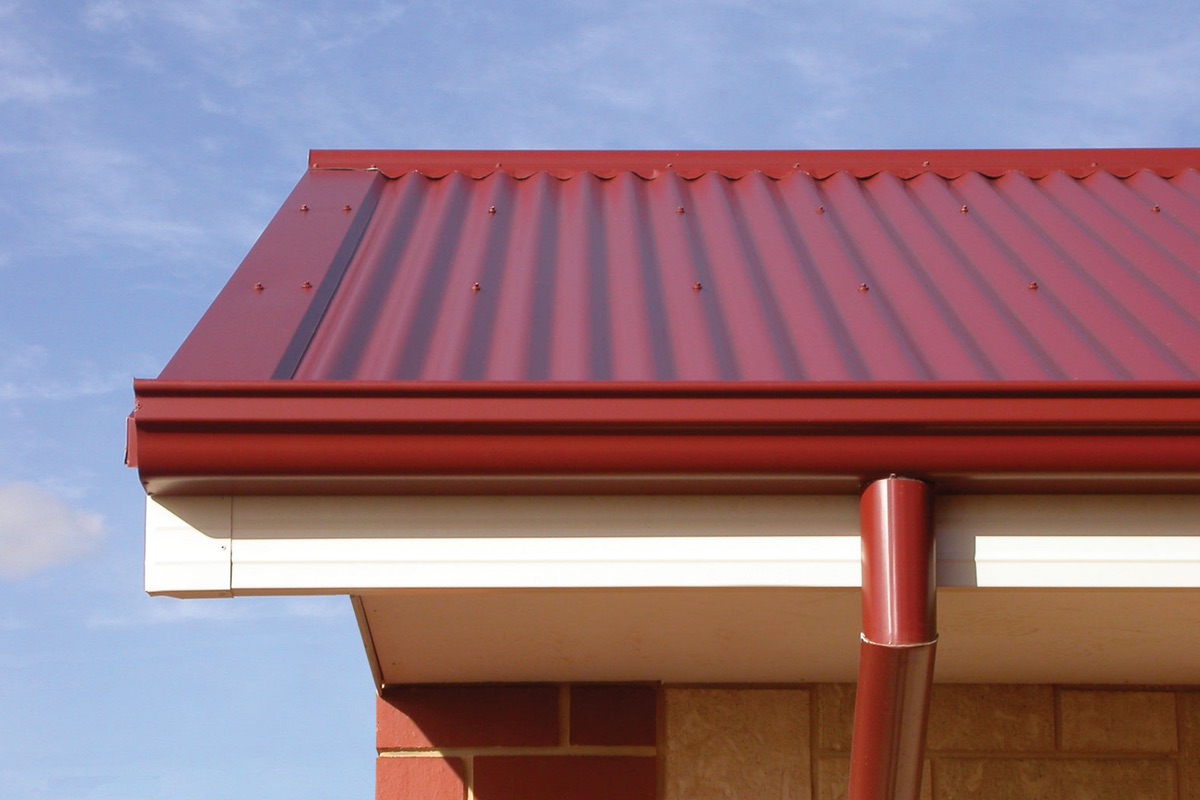
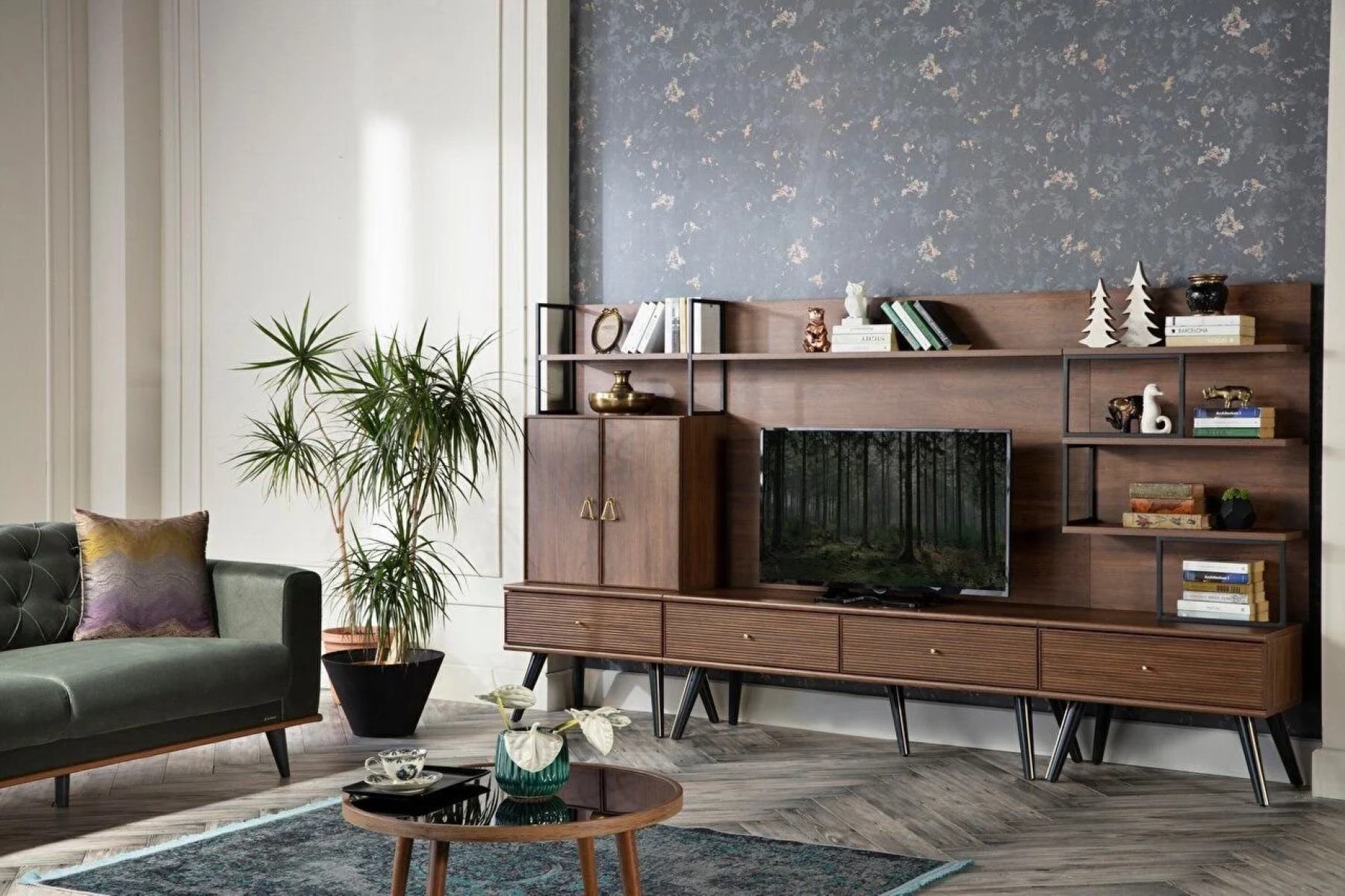
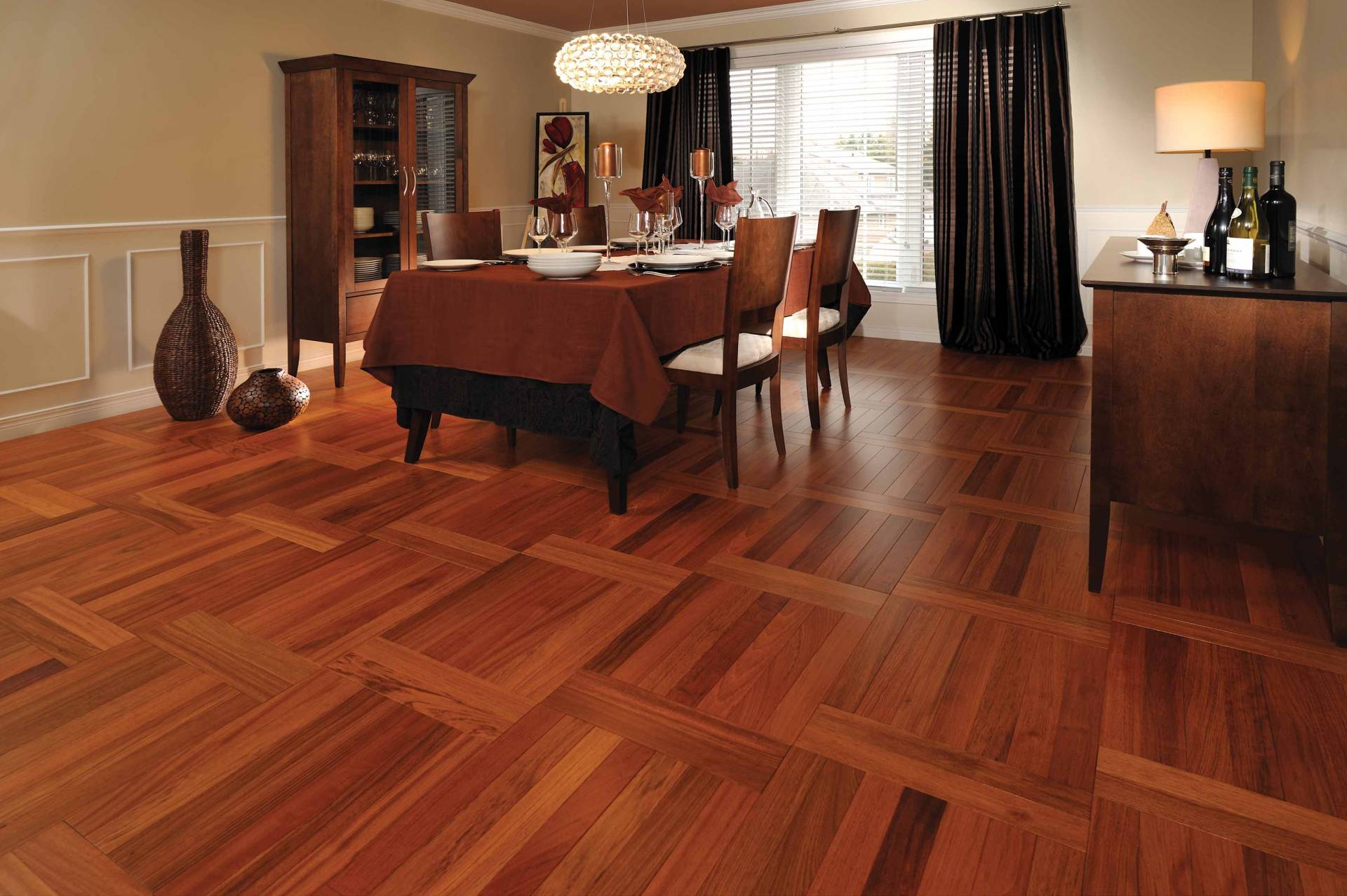

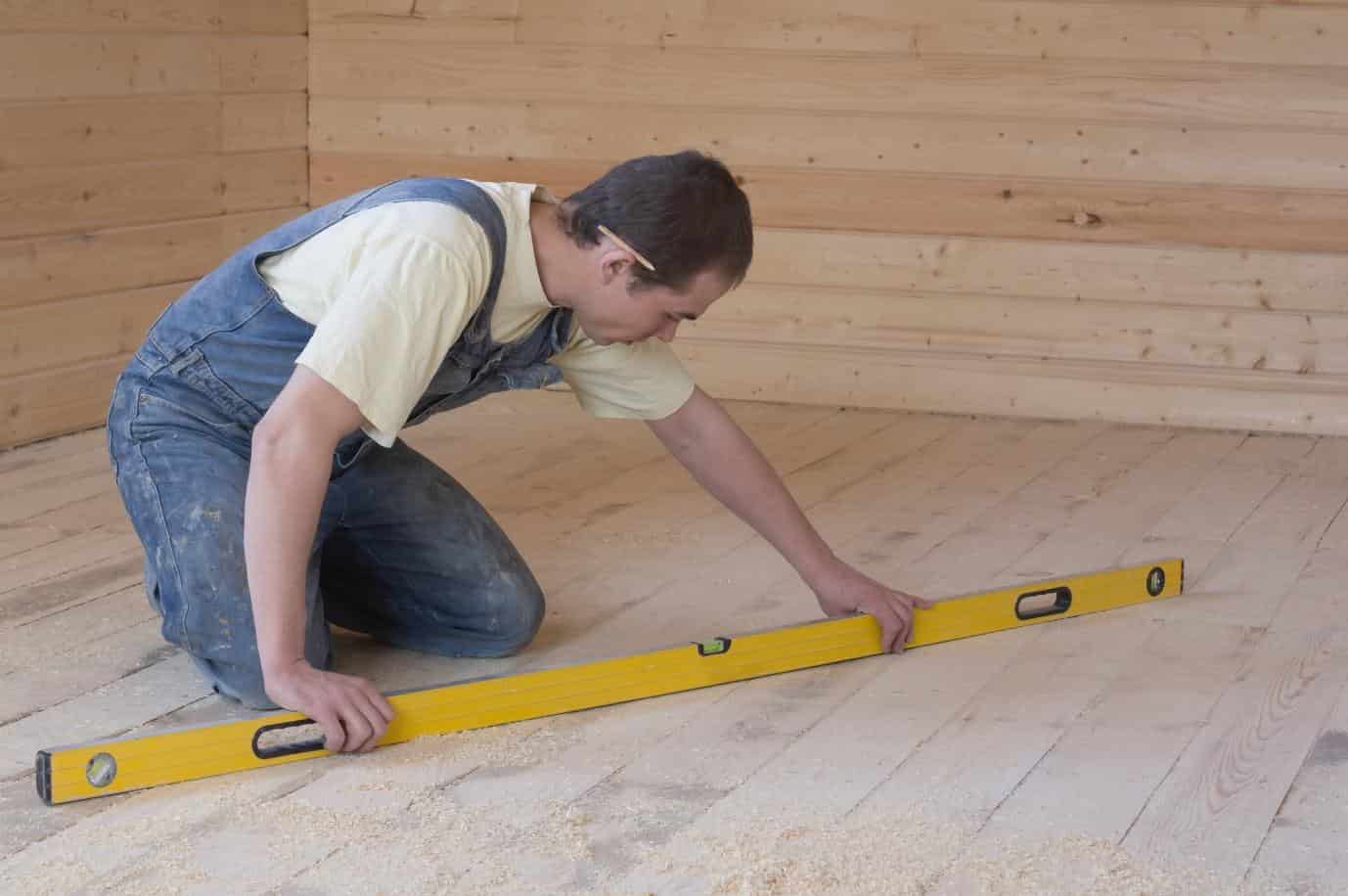
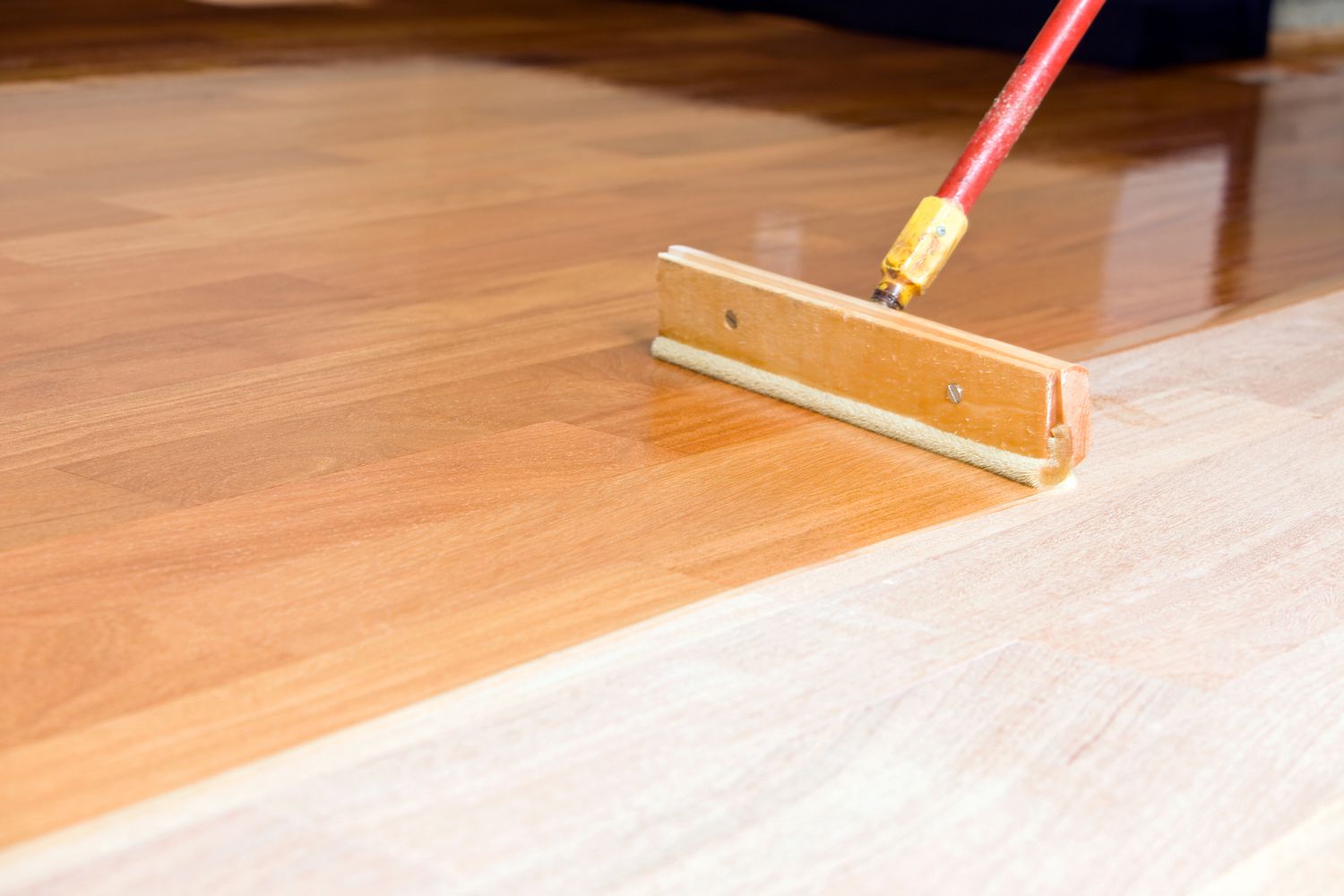
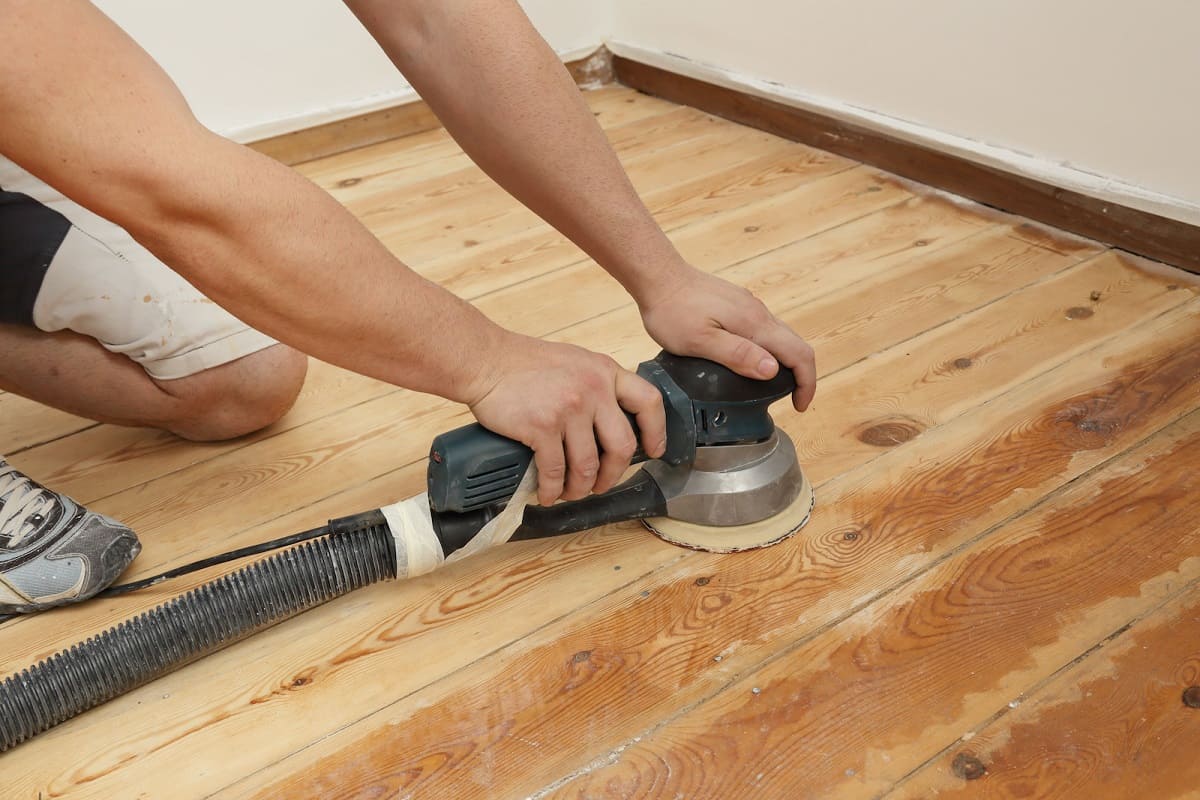

0 thoughts on “How To Choose Wood Floor Color”